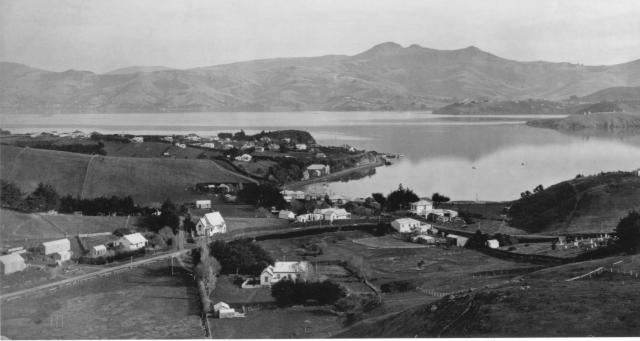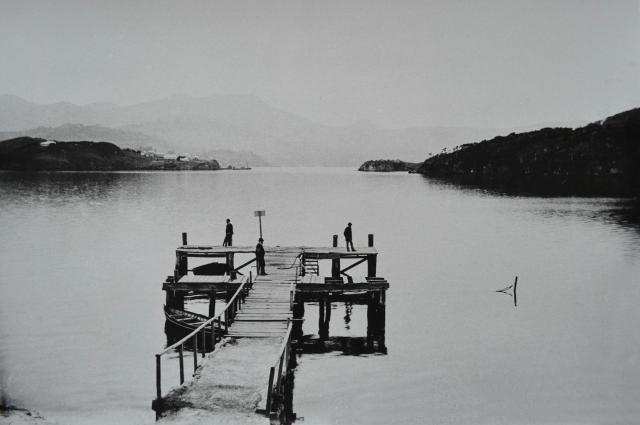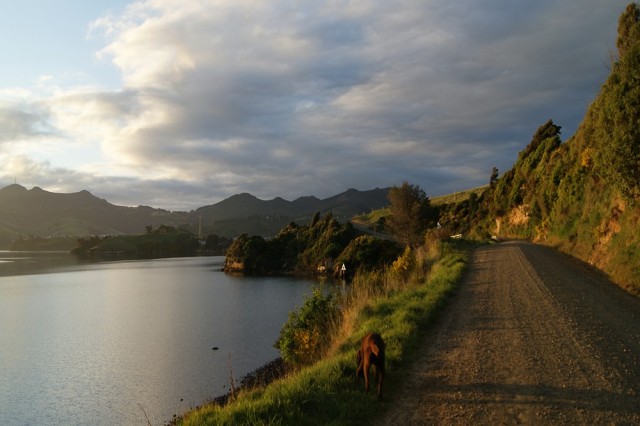In the Beginning
Portobello and the Otago Peninsula was an important area for Maori settlement that was occupied successively by the Waitaha, Kati Mamoe and Kai Tahu. The Otago Peninsula (Muaupoko) provided an ideal and bountiful area for food gathering (mahinga kai) and was an important area for sea food (kaimoana). There was a significant trading route from the area to the wider rohe (district) and the area was an important part of the Kai Tahu economy. Otakou Runaka
The First Europeans
Captain Cook sailed past the Peninsula in February 1770 and named Cape Saunders on the eastern side of the Peninsula after the first lord of the admiralty. The first Europeans to land on the Otago Peninsula were predominantly whalers and sealers who arrived in the late 18th and early 19th century. By 1840 trade in food and flax grew as more ships utilised the harbour and the coastline.
The Development of Portobello
Portobello was named after his birthplace by the Scottish settler William Christie in 1840. Other farmer settlers joined Christie and the small township began. The first of the immigration ships arrived to Dunedin in 1848 and by 1854 Portobello had a small population of settlers. Portobello school was built in 1857 and by 1867 the hotel was established. In the 19th and early 20th century Portobello became a thriving harbour township with many stores and businesses. The construction of the Coronation Hall in 1911/12 created a new community focal point. With horses being the early transport option and the condition of the Portobello Road ferry boats operated regularly between Portobello and Port Chalmers until 1954.
Quarantine Island and the Marine Laboratory
Quarantine Island on Kamau Taurua was first used by the Kai Tahu as a place to set nets, and the island became Otago’s quarantine station from 1863-1914. Many ships bringing new settlers to Dunedin stopped there to quarantine and nurse people with infectious diseases back to health. The island is now called St Martin Island and visitors may visit the restored married building and enjoy the extensive views of the harbour from there.
The Marine Laboratory was established initially as a fish hatchery in 1904 and eventually it became an important research centre for the University of Otago.
Portobello Today
Today Portobello remains a central hub of the Otago Peninsula and continues to draw new residents and visitors for its unique harbour and Peninsula lifestyle. Its proximity to Dunedin has not overly altered the slightly slower pace of life that people who live in the area enjoy. In recent years farming has given way to tourism, cottage industry and commuter life in the city as the core business of the area. However, Portobello has not lost its harbour charm and remains a strong community today.



